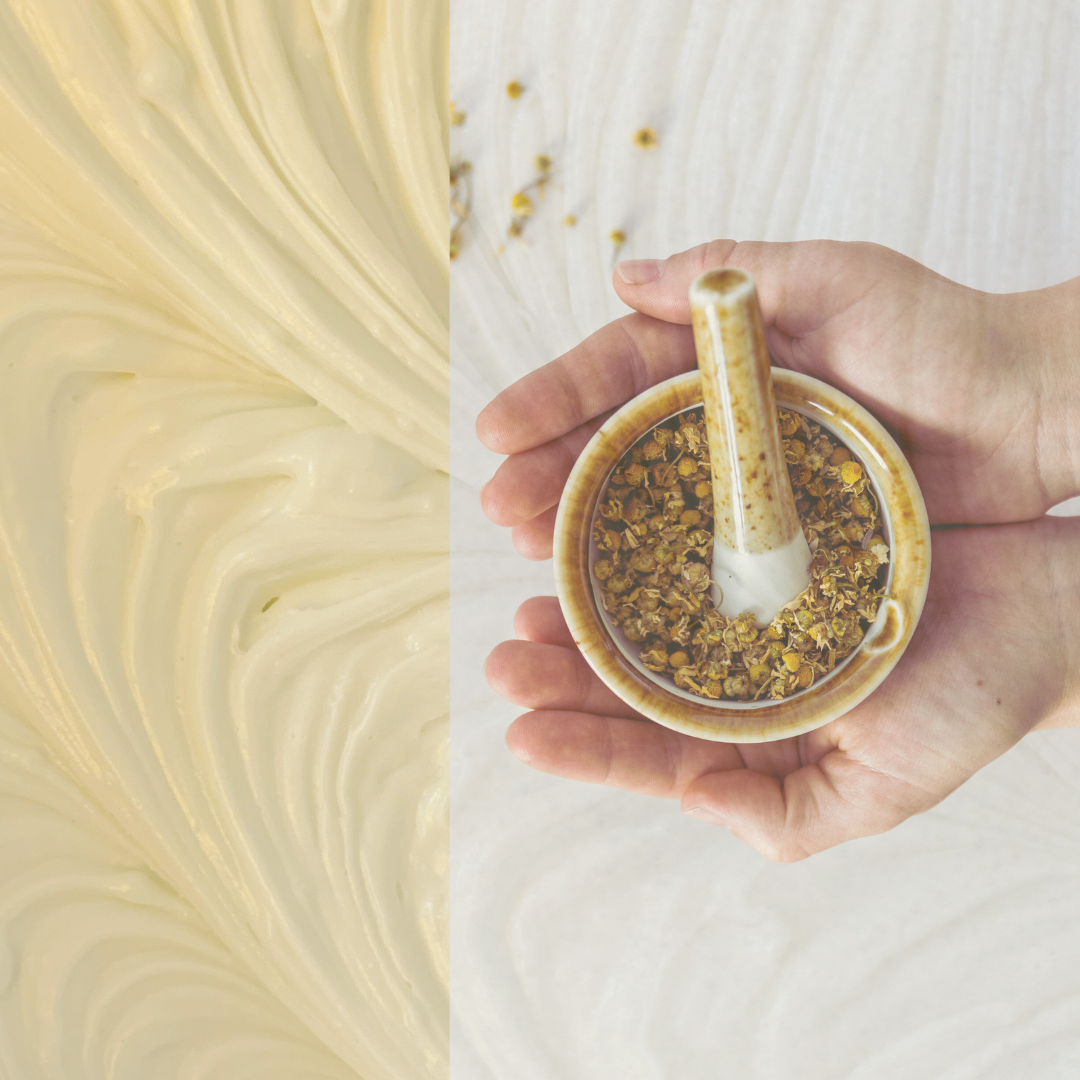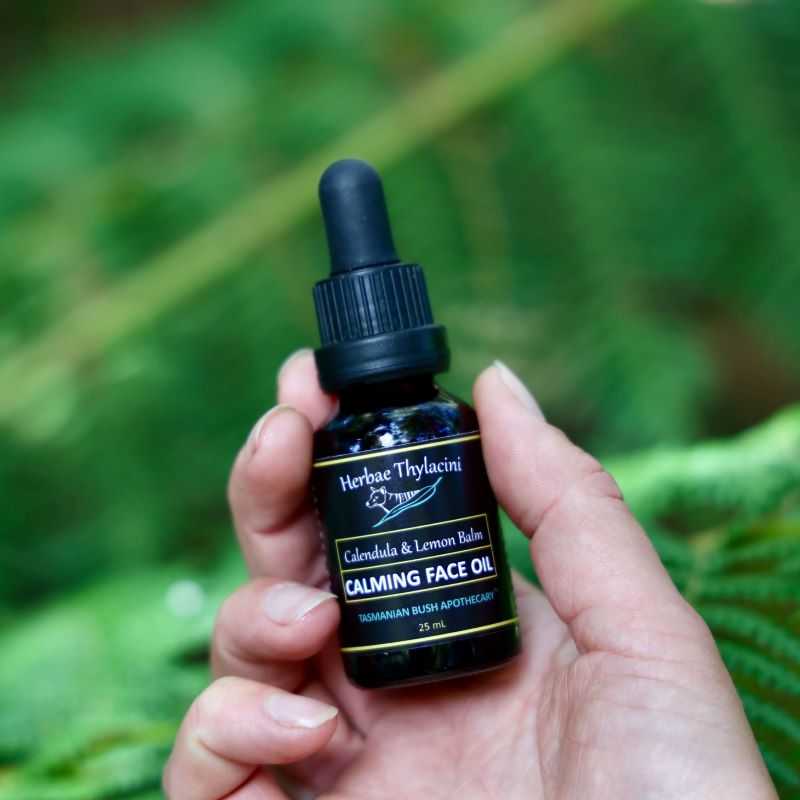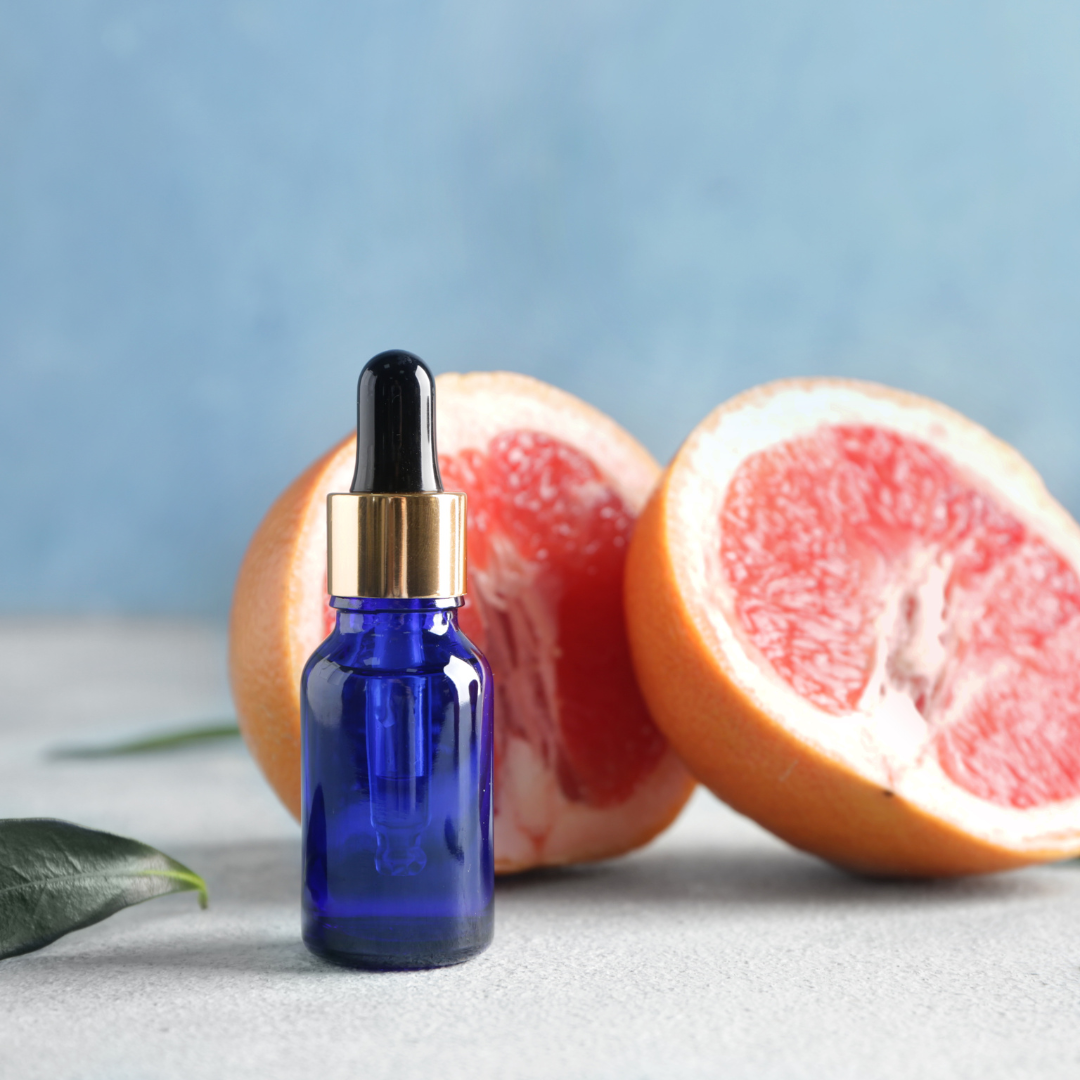
Is comfrey safe for topical application? A fascinating trip into the dermal metabolism of pyrrolizidine alkaloids.
Comfrey (Symphytum officinale) is one of the more controversial herbs in traditional Western herbalism. Featured in many traditional herbals, comfrey is called upon for injuries of soft tissues (tendons, cartilage, joints) and bones alike. Additionally, comfrey expedites wound healing and is a prime herb for skin health. While comfrey had been traditionally used both orally and topically, in many countries (including Australia and all EU-member states), comfrey is only allowed / recommended for topical use. This is because of its infamous content of pyrrolizidine alkaloids (PAs).
PAs can cause veno-occlusive liver disease and liver cancer, as has been documented in a number of research and case studies. Both comfrey root and leaf contain enough PAs to potentially cause liver damage in predisposed individuals when ingested (though the exact amount of PAs and length of exposure to them that are safe is still a matter of measurements and discussions – more on that below). [1], [2] [3]
Is our skin a sponge or a solid barrier?
The mantra of the natural skin care industry is that anything that we put on our skin is being absorbed straight into our blood stream. So, if comfrey contains toxic PAs, why are herbalists not worried about its topical application? Should they be?
It turns out, just like most things, skin absorption is a fairly complex topic. The myth that “60% of everything you put on your skin enters your blood stream” has been debunked. (I had written about how this myth came to be in the first place, to keep any final doubts you may have about this topic at bay.) However, some chemicals and herbal constituents certainly do have the capacity to cross the skin barrier and enter into systemic circulation. (I teach about skin anatomy and its interaction with skin care ingredients in the Galenic Formulation in Herbal Skin Care online course, which is part of the Herbal Skin Craft series).
Let’s have a look at comfrey and its PAs: can they enter blood stream when comfrey is applied on the skin in the form of a poultice, cream or ointment? And how much risk do they pose if they do?
A few facts about pyrrolizidine alkaloids in comfrey
- Comfrey contains several different PAs and their respective N-oxides (PANOs).
- After ingestion and absorption, PAs undergo several metabolic steps in the body, resulting in toxic chemical derivatives, that can damage the liver.
- Importantly, upon ingestion of comfrey, its PANOs are metabolized by gut bacteria into their corresponding PAs (which continue their journey all the way to the toxic metabolites). [4]
- Several studies conclude that comfrey contains much higher amounts of PANOs than their corresponding PAs. [3], [5], [6], [7]
- The levels of PAs (often lumped together with PANOs) in comfrey differ (biological variation). Comfrey root contains more of them than comfrey leaf. [3] Young comfrey leaves contain more than old comfrey leaves.
- Both PAs and PANOs are very poorly soluble in fixed plant oils such as olive oil but well soluble in hydroethanolic solutions. (If you are baffled by matching solvents with herbal constituents when making herbal extracts, you can effortlessly learn the basic principles in my Herbal Extracts for Natural Skin Care online course, which is also part of the Herbal Skin Craft series.)
Dermal absorption and metabolism of pyrrolizidine alkaloids
Several studies of dermal absorption of PAs from comfrey concluded that PAs are very poorly absorbed through the human skin (with rates averaging 1% of applied dose. [7], [8], [9] ) However, theoretical worst-case-scenario-based calculations together with the results of some studies indicate, that the levels of dermally absorbed PAs may indeed by higher than the recommended systemic intake of PAs. [8] As already mentioned, however, the systemic levels of PAs that are considered safe vary. The estimates of safe exposure come in between 0.35 ug/day (lowest estimate) and 7 ug/day (highest estimate). [3], [5], [8]
Let’s consider the following scenario of applying 5g of a herbal cream that contains 5% of a 1:2 hydroethanolic extract of comfrey. We will consider that all present PAs and PANOs would be extracted into the tincture (very unlikely!) and we will work with the average 1% dermal absorption rate.
The results:
Absorbed amount of PAs / PANOs in such scenario are 0.0375-2.5ug and 2.5-5ug, for comfrey leaf and root, respectively (based on the lowest and highest estimated content of PAs in the plant matter [3]). Depending on what safety guidelines we consider, the absorbed amount of PAs / PANOs may indeed by higher than recommended safe amounts. In practice, however, these numbers will be lower, because the extraction procedure is unlikely to recover all PAs / PANOs from the plant matter.
Additionally, (and this is really important!) unlike when ingested, dermally absorbed PANOs are not metabolized into their parent PAs neither in the body nor on the skin. [6], [7] This is due to their by-passing of the gut, where they are metabolized into PAs by gut bacteria. Skin bacteria do not have the same effect. [6], [7] As I already wrote, PANOs are generally more ubiquitous than the parent PAs in comfrey. This fact will further lower the toxic dermal load.
Regulations of topical use of comfrey
The regulatory bodies are extremely cautious with topical application of medicines and cosmetic ingredients as even the topical use of comfrey is limited in both Australia and in Europe. For example, European Medicines Agency recommends external use of comfrey root directly on intact skin for only up to 10 days. [10] In Australia TGA governs that products containing comfrey must be labelled with the following safety advice: “WARNING – Do not use on face or on anal or genital areas except on doctor’s advice.” And “This preparation should be part of an overall treatment plan regularly assessed with your doctor.”
Topical use of comfrey in practice
Personally, I don’t know any herbalists (and I know tens of them at least), who would not use comfrey topically. Indeed, herbalists use comfrey commonly in their practice to treat the skin or the musculoskeletal system. (And dare I say that most of them do this without understanding the intricacies of the dermal metabolism of PAs.)
However, by this article I want to highlight a common contradiction. Some people protest the use of conventional skin care on the grounds of “everything is absorbed by our skin”, while not having an issue with using comfrey topically (even though it contains toxic constituents). This is an example of “confirmation bias”. Comfrey is deemed safe because it is natural, lab-manufactured cosmetic ingredients are deemed unsafe because they are “man-made”. We must be careful to welcome science only when it fits our narrative. For example, consider it when it supports the topical use of comfrey but disregard it when it supports the use of a synthetic cosmetic ingredient.
The fact is, that you will end up absorbing some PAs even when you apply comfrey topically. However, their presence in your bloodstream doesn't automatically mean toxicity - same is valid for some synthetic cosmetic ingredients. That said, chronic exposure to small doses of both, natural and synthetic substances, can potentially lead to long-term health effects. (For example, poisoning by PAs is accumulative and generally chronic [3], typically caused by ingestion of smaller amounts over a longer period of time.)
The real risk always depends on factors like how long and how often something is applied, and to what part of the body. Dermal absorption is a complex topic that requires looking at the full context. You can access reliable general information on the principles of dermal absorption in my Galenic Formulation in Herbal Skin Care online course, which takes place in July.
Safety of comfrey for topical application - conclusion
Based on the published literature, and as the authors of the cited research conclude, in general the limitations for the topical use of comfrey imposed by EMA and TGA are overestimated, and comfrey is largely safe for topical use. [6], [7], [8]
Comfrey leaf infused oil is particularly safe for topical use, given the solubility of PAs and PANOs. Topical preparations including tinctured comfrey root are also largely safe for use, due to i) poor dermal absorption of PAs / PANOs, and ii) the fact that dermally absorbed PANOs are not turned into toxic metabolites. Current restrictions / recommendations on topical use of comfrey are based on conclusions derived from worst-case scenarios and should be considered when working with pre-disposed clients and children, especially if they apply such products on large areas of the body and for prolonged periods of time.
Cite article as: Skraskova, K.: Is comfrey safe for topical application? A fascinating trip into the dermal metabolism of pyrrolizidine alkaloids., Published on 22nd June 2025, https://herbaethylacini.com.au-blogs-news-is-comfrey-safe-for-topical-application-a-fascinating-trip-into-the-dermal-metabolism-of-pyrrolizidine-alkaloids, Accessed on 22nd June 2025
References
[1] M. L. Yeong, S. T. John, W. And, and H. C. Ford, “Hepatocyte membrane injury and bleb formation following low dose comfrey toxicity in rats,” 1993.
[2] M. L. Yeong,’ Boyd Swinburn, M. Kennedyz, and G. Nicholson2, “Hepatic veno-occlusive disease associated with comfrey ingestion,” 1990.
[3] R. A. Coulombe, Advances in food and nutrition research., vol. 45. Boston, Mass. : Academic Press, 2003.
[4] E. Medicines Agency, “Public statement on the use of herbal medicinal products 1 containing toxic, unsaturated pyrrolizidine alkaloids (PAs) including recommendations regarding contamination of herbal medicinal products with PAs Final Draft discussed by Working Party on Community monographs and,” 2021. [Online]. Available: www.ema.europa.eu/contact
[5] N. H. Oberlies et al., “Analysis of herbal teas made from the leaves of comfrey (Symphytum officinale): reduction of N-oxides results in order of magnitude increases in the measurable concentration of pyrrolizidine alkaloids,” Public Health Nutr, vol. 7, no. 7, pp. 919–924, Oct. 2004, doi: 10.1079/phn2004624.
[6] N. Melnyk et al., “Skin microbiota metabolism of natural products from comfrey root (Symphytum officinale L.),” J Ethnopharmacol, vol. 318, Jan. 2024, doi: 10.1016/j.jep.2023.116968.
[7] J. Brauchli, J. Ltithy, U. Zweifel, and C. Schlatter, “Pyrrolizidine alkaloids from Symphytum officinale L. and their percutaneous absorption in rats.”
[8] N. Jedlinszki, B. Balázs, E. Csányi, and D. Csupor, “Penetration of lycopsamine from a comfrey ointment through human epidermis,” Regulatory Toxicology and Pharmacology, vol. 83, pp. 1–4, Feb. 2017, doi: 10.1016/j.yrtph.2016.11.015.
[9] K. Kuchta and M. Schmidt, “Safety of medicinal comfrey cream preparations (Symphytum officinale s.l.): The pyrrolizidine alkaloid lycopsamine is poorly absorbed through human skin,” Regulatory Toxicology and Pharmacology, vol. 118, Dec. 2020, doi: 10.1016/j.yrtph.2020.104784.
[10] K. Kimel et al., “LC-MS/MS Evaluation of Pyrrolizidine Alkaloids Profile in Relation to Safety of Comfrey Roots and Leaves from Polish Sources,” Molecules, vol. 28, no. 16, Aug. 2023, doi: 10.3390/molecules28166171.





